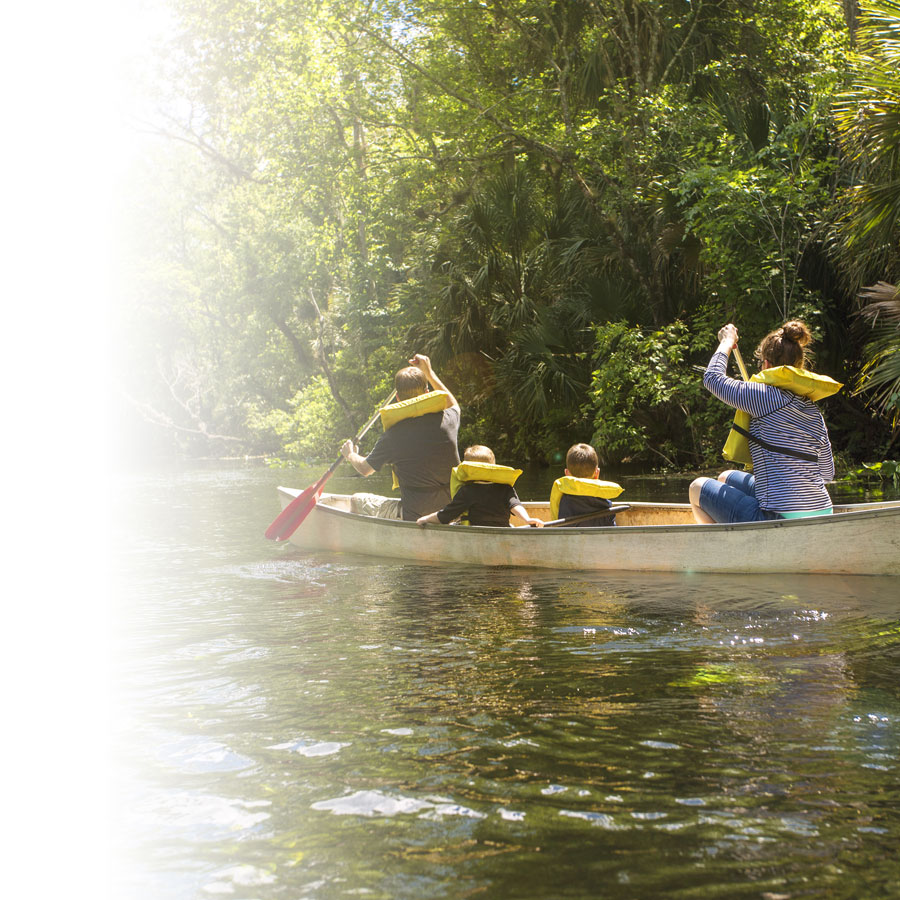Every year in Canada, hundreds of people lose their lives to drowning. How can we prevent such tragedies?
Drowning: an underestimated threat
As essential as water is to human life, it can also be a threat to it. Drowning is the cause of too many deaths each year in Canada and around the world. It is also one of the most preventable public health issues, but perhaps too often underestimated.
Drowning is a very sad tragedy that affects the families, friends and community of the victims, more than half of whom are under 25 years old. Children under the age of 5 are particularly at risk. However, no one is safe from such a disaster, regardless of age or background. Although everyone is aware of this issue, are we sufficiently aware of it? It seems that there is still a lot of work to be done in this regard.
Measures to prevent drowning
Here are some examples of measures that can help reduce the risk of drowning.
- Install barriers to limit access to water facilities (fountains, pools, etc.). A hedge or shrubbery is not sufficient protection. Be aware of provincial regulations regarding residential pool safety.
- Be aware of any object that may facilitate access to a pool (ladder, filtration or heating system, rigid pipe, etc.). Ladders should be removed after swimming and when the pool is not in use. Filtration or heating systems should be placed at least one meter from the edge of the pool.
- Provide effective safety devices at pool entrances that automatically close and lock after each entry or exit. Periodically check that they are working properly.
- Provide safe facilities for preschoolers.
- Teach school-aged children the basics of swimming and water safety.
- Respect the laws and regulations concerning safety around water facilities and on recreational watercraft at all times.
- Constant supervision must be provided by designated adults when children are in the vicinity of a water facility or body of water.
- Avoid drinking alcohol before or during water activities.
- When swimming, always watch the depth of the water and any changes in elevation.
- Always wear a lifejacket or flotation device in high-risk situations, i.e. when bathing without knowing how to swim or when in any type of watercraft.
Immediate and well prepared responses to emergencies
It is invaluable to have people prepared to respond to an emergency. It is advisable that anyone who may witness a drowning know first aid and CPR.).
First, you have to know how to recognize the signs that a person is drowning, which is not always obvious. Here are some examples:
- expression of panic in the eyes and face
- impression that the child is "playing in the water" (but not enjoying it)
- vigorous arm movements to the sides and to the front (as if the person is trying to hold on)
- body in an upright position
- looking upward
If there is any doubt, it is best to get the person out of the water immediately. Note that a drowning person does not usually scream, as their survival instinct is to breathe.
Here are the next steps:
- After removing them from the water, check their breathing and consciousness. If they are breathing and conscious, help them clear their airway by tilting their head back. Do not leave them alone until they get the necessary care.
- If they are breathing but unconscious, place them in the side-lying position (on their side with their upper leg crossed) and open their mouth downward (to avoid the risk of suffocation). Immediately call for help (dial 911).
- If they are not breathing (you can't feel their breath on your cheek and their chest is not rising) and they are unconscious, start CPR until help arrives. You can find more information on this subject on the Lifesaving Society of Quebec.
Some tips for parents and caregivers
- Never leave a child in your care unattended while swimming or near a pool or water. It only takes a few seconds of inattention for something to happen. Never let them out of your sight.
- Be aware of situations that may distract you or compromise your level of attention and alertness, such as:
- phone calls
- visitors
- parties or gatherings near a wading pool, swimming pool or body of water
- remote working
- fatigue
- etc.
- If you must step away, even for a short time, take the child with you.
- Don't assume that if a child can swim, they are not at risk of drowning. Every year, swimmers of all ages lose their lives to drowning.
- Set your rules and be disciplined: no diving, no pushing, no running around the pool.
- Remove all objects from the pool that might tempt a child to reach for them, such as floating toys.
Individual and collective awareness and mobilization resulting in concrete actions are certainly the keys to avoiding the worst. Let's all be alert and aware to identify potential risks and dangerous situations. Who knows, by doing so, we may even succeed in saving a life!

